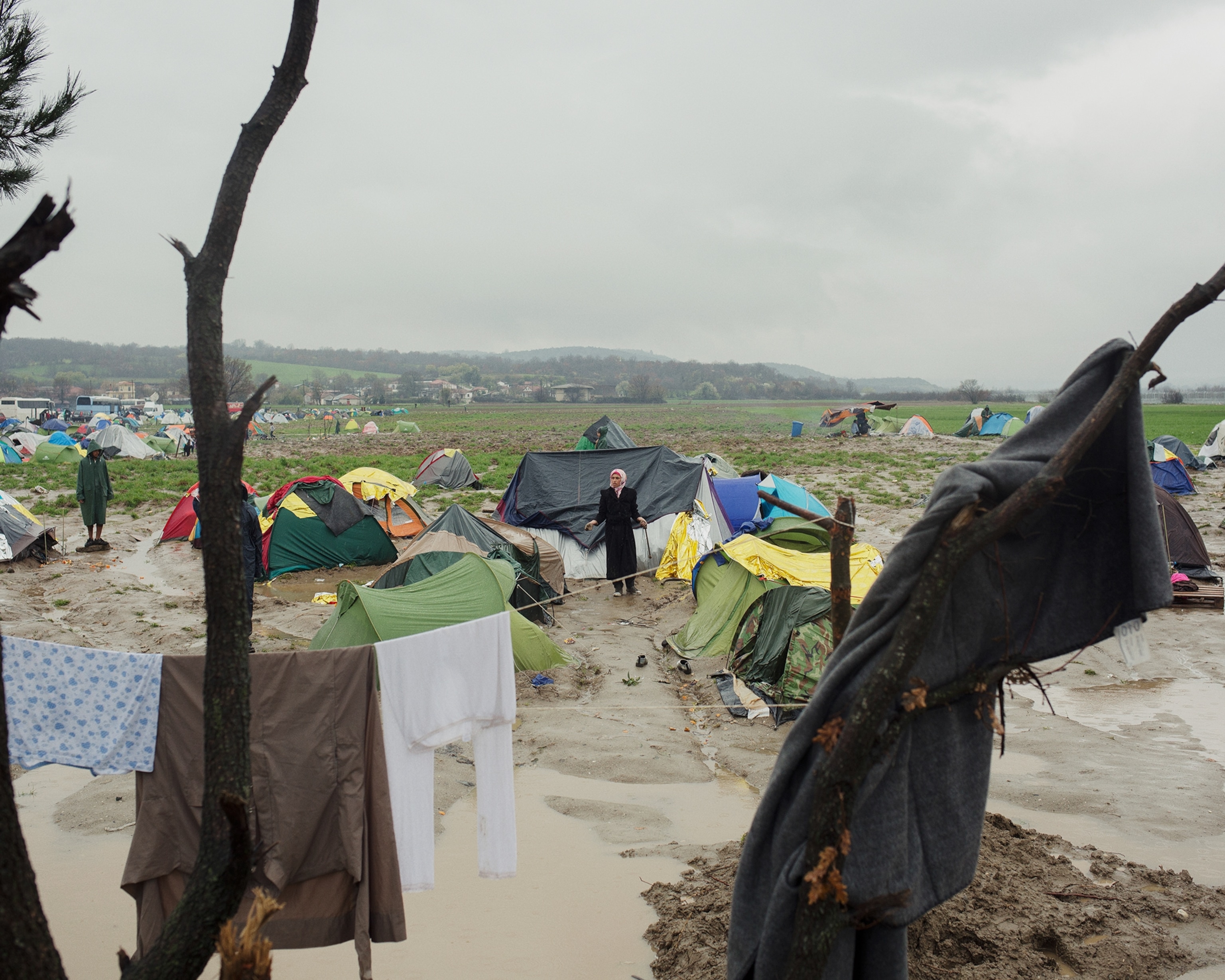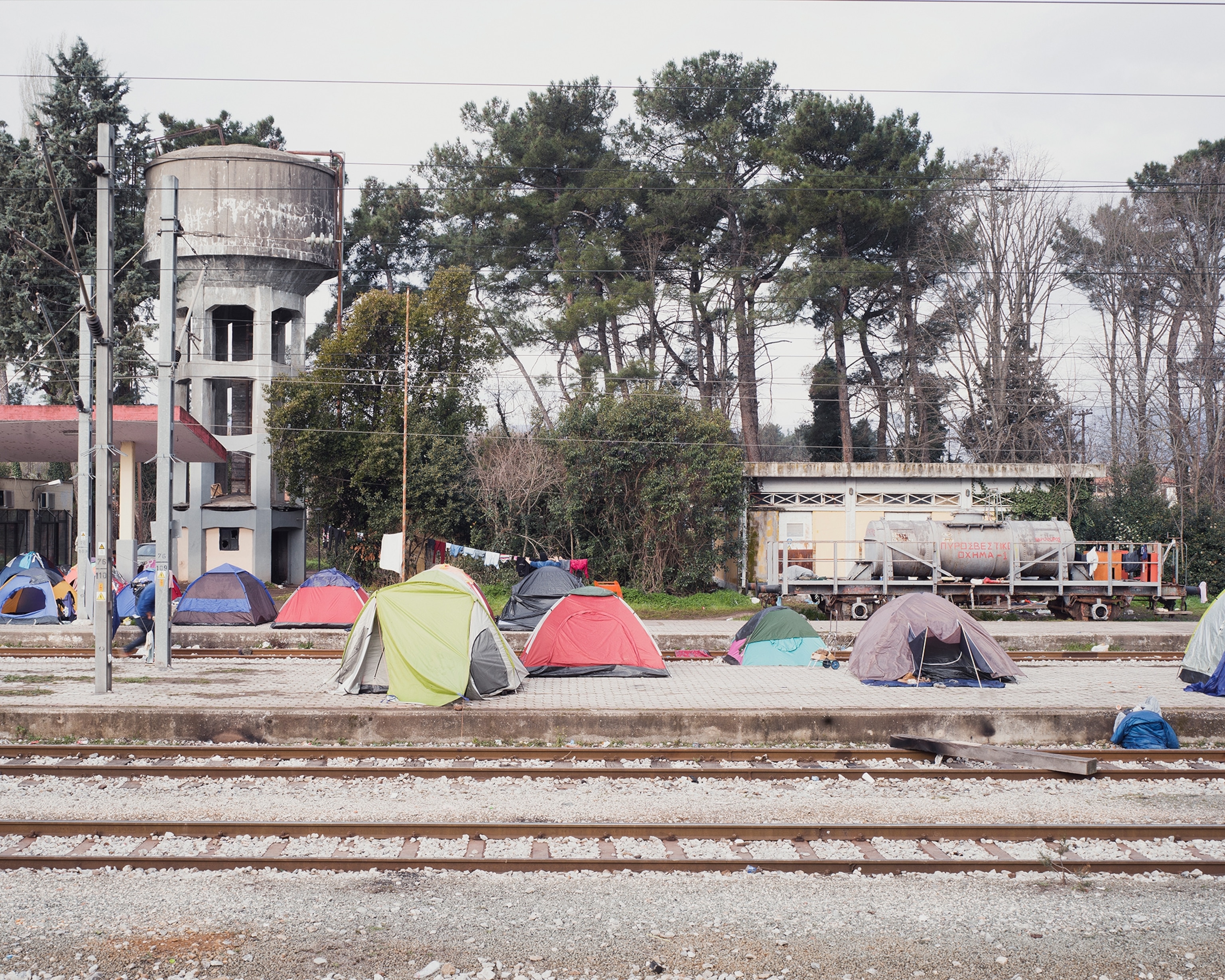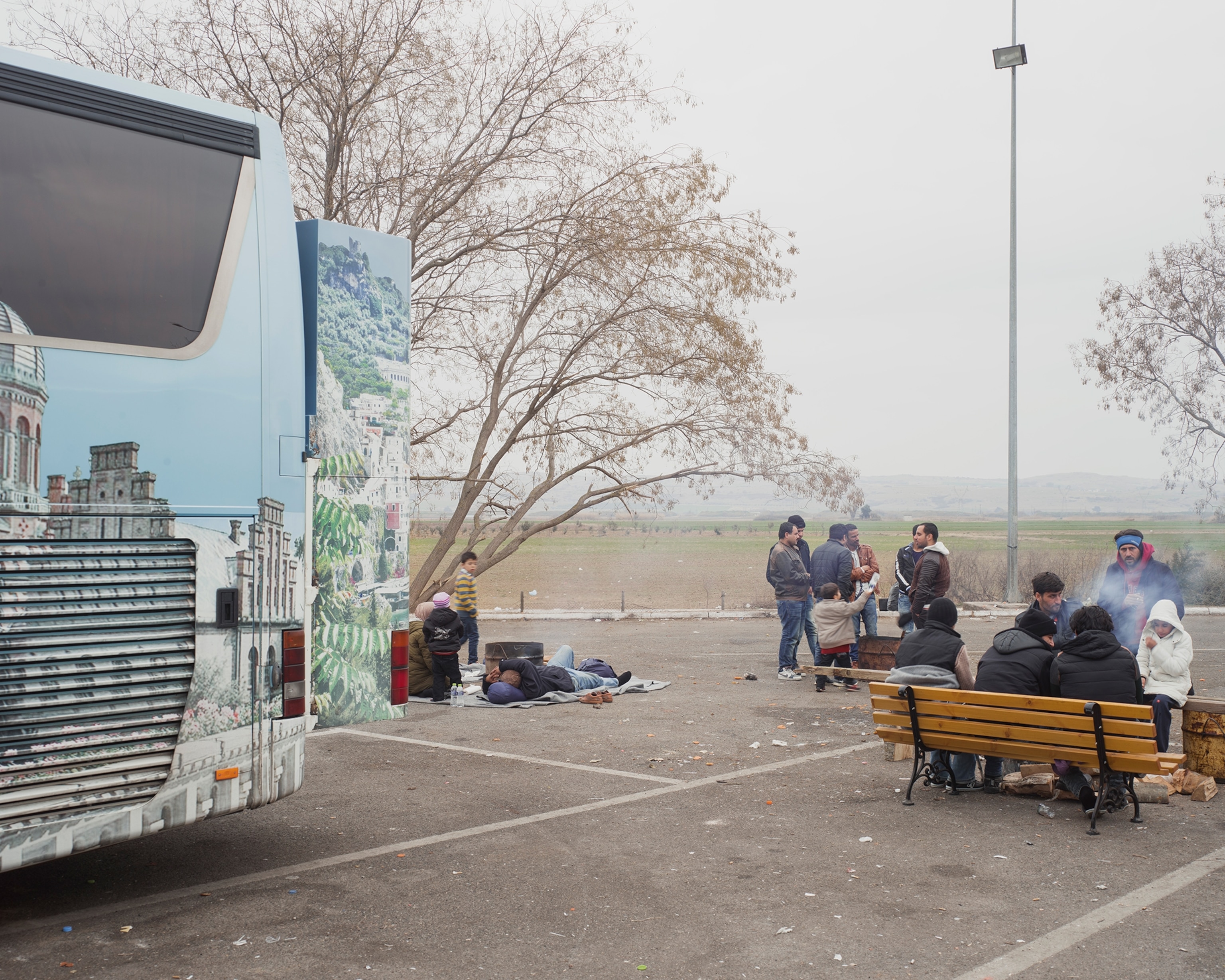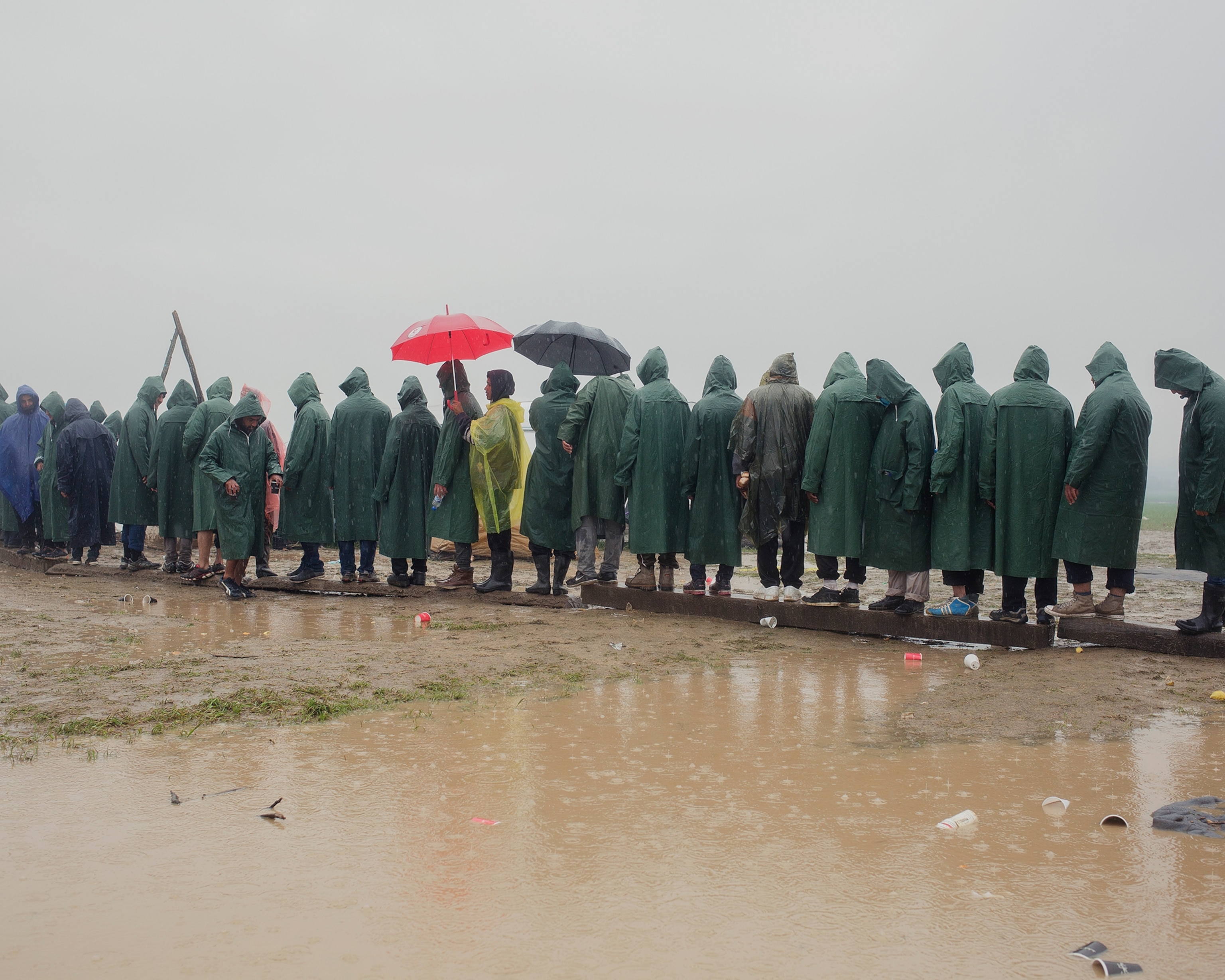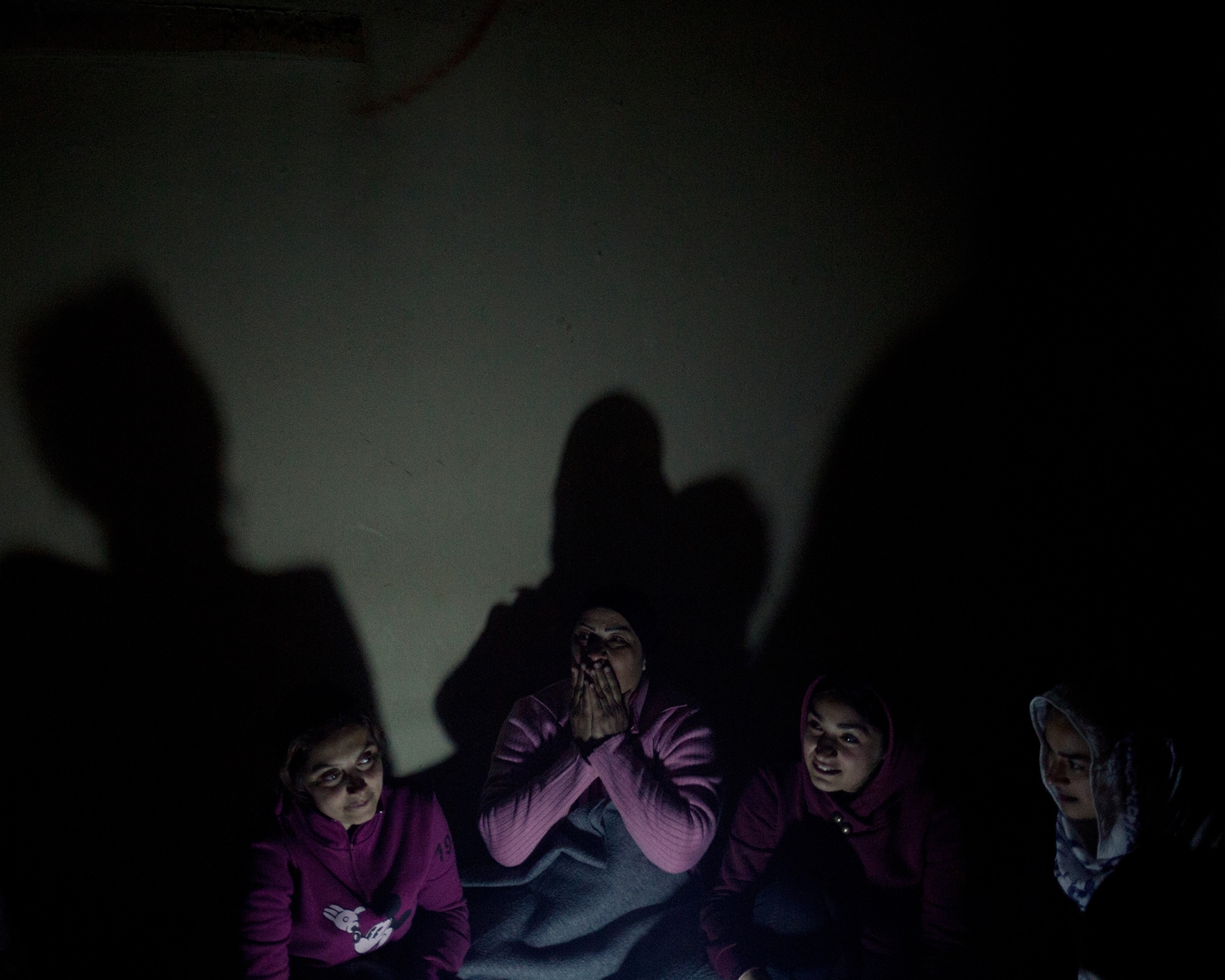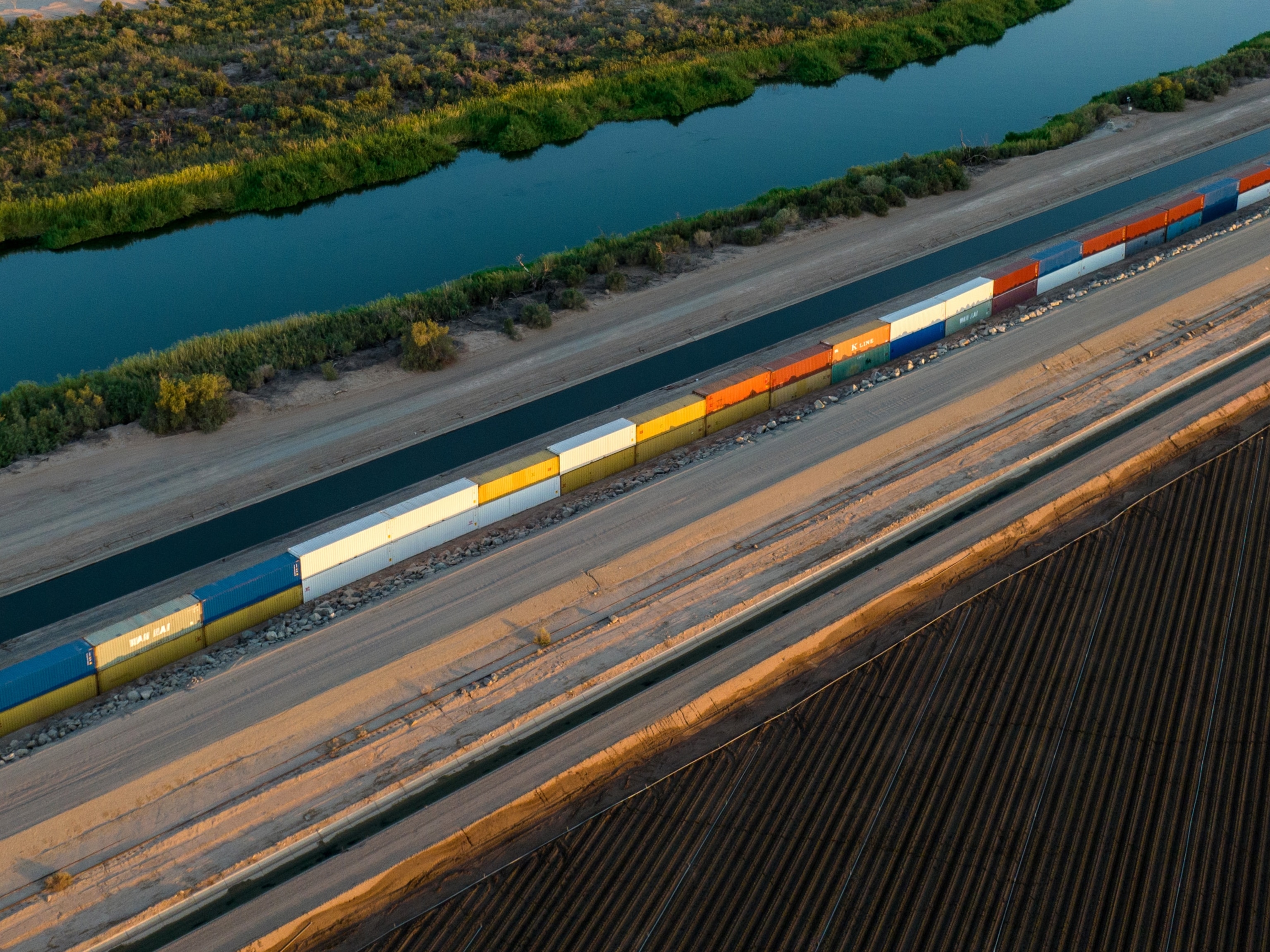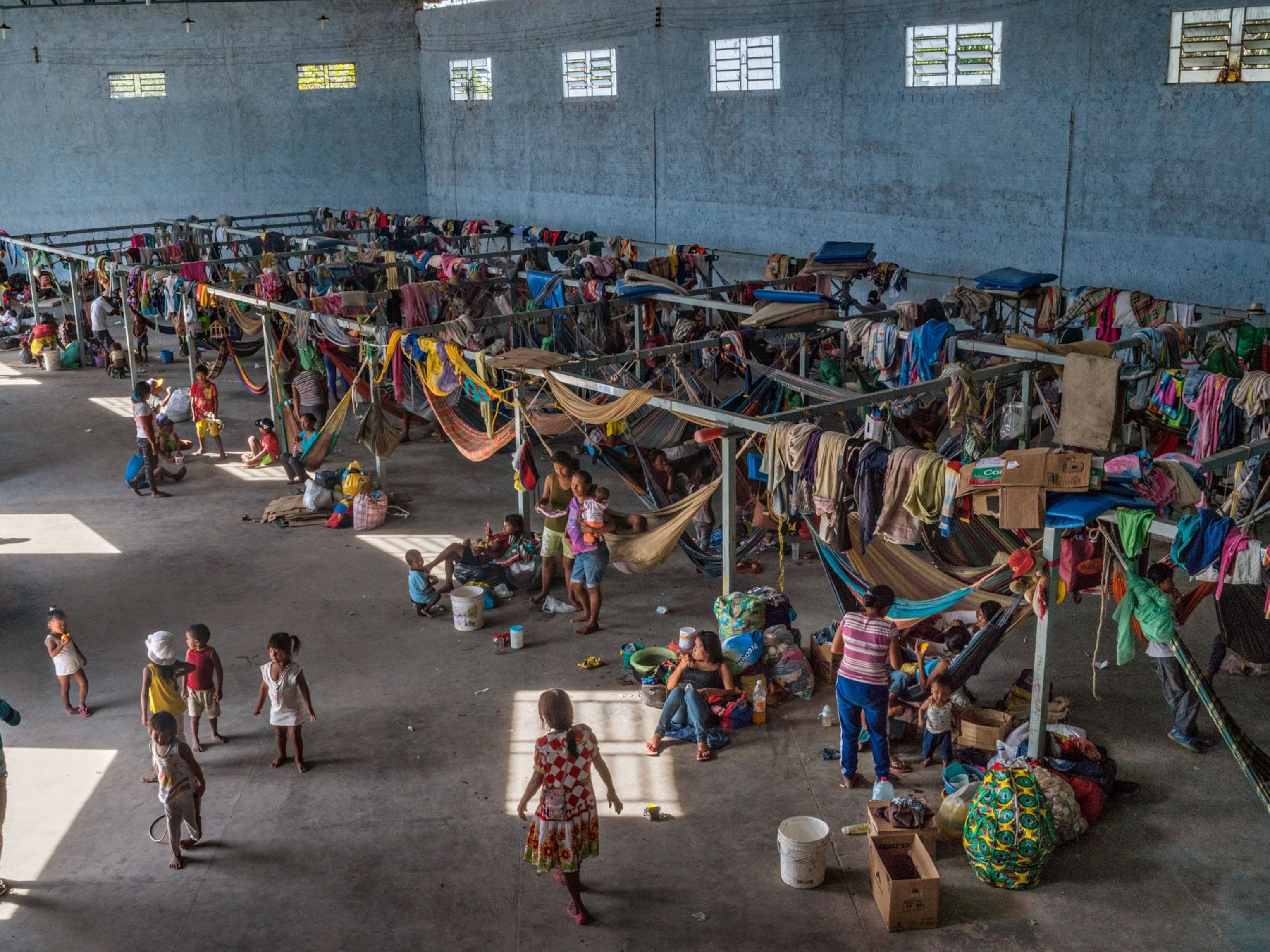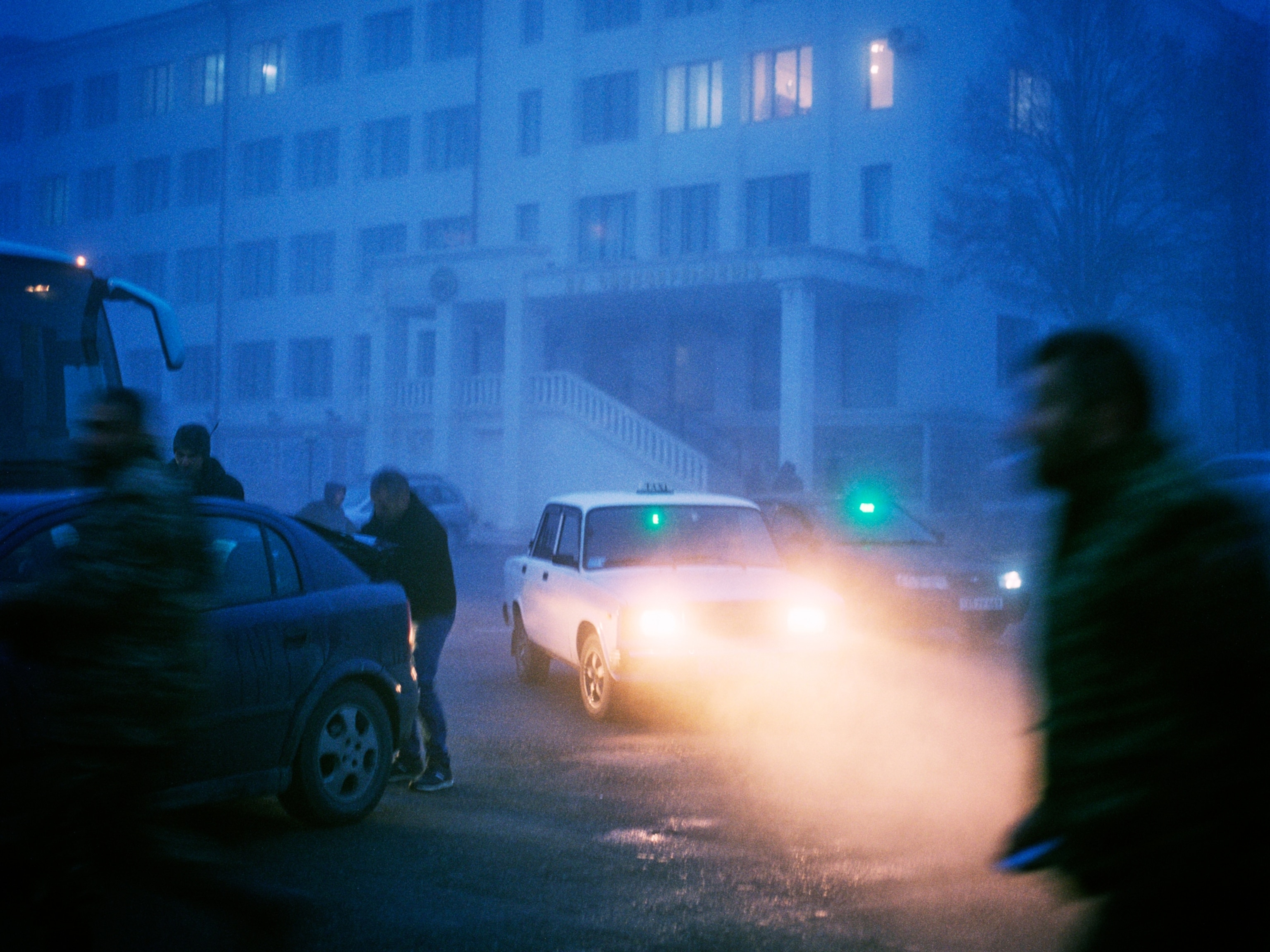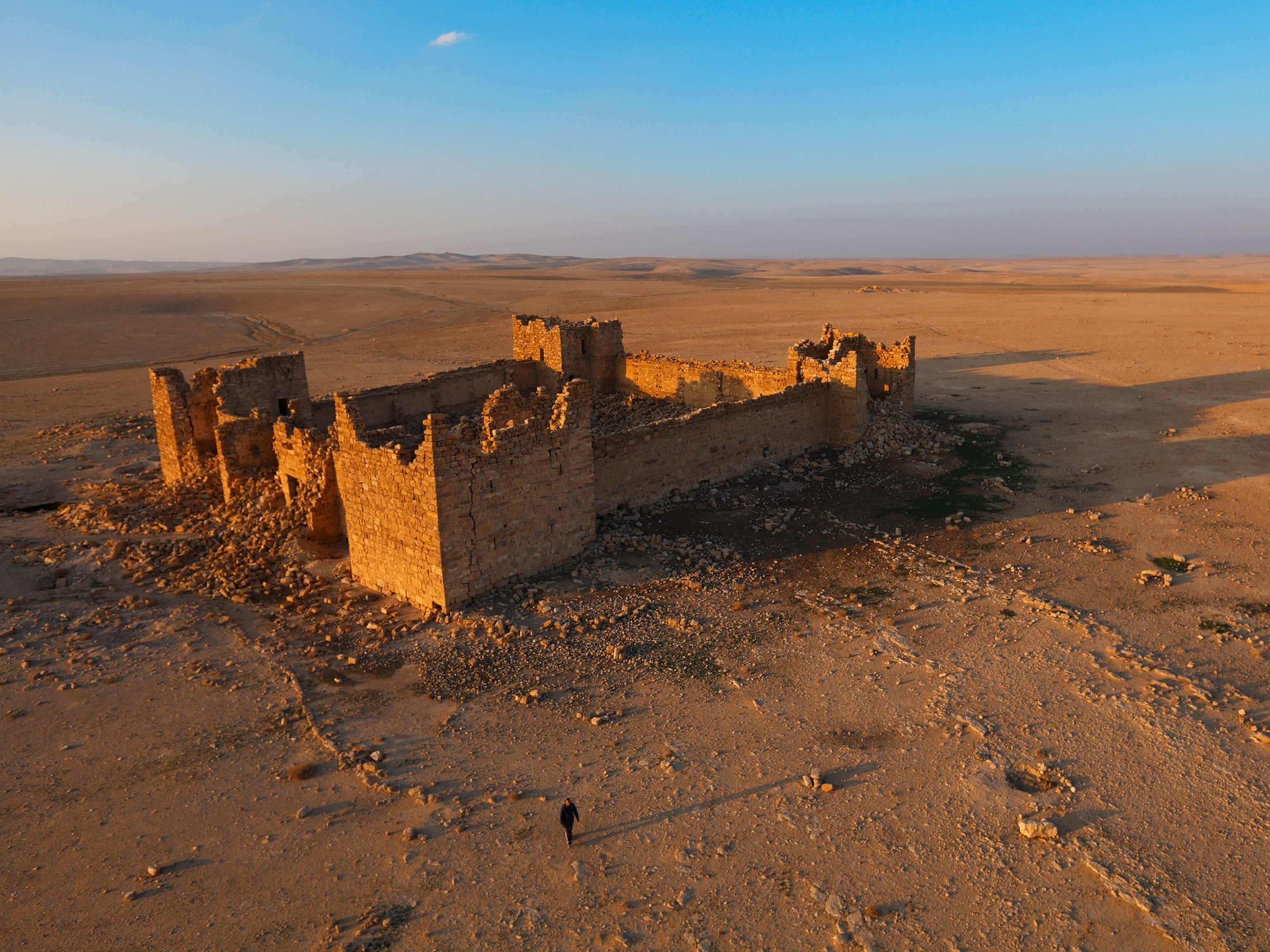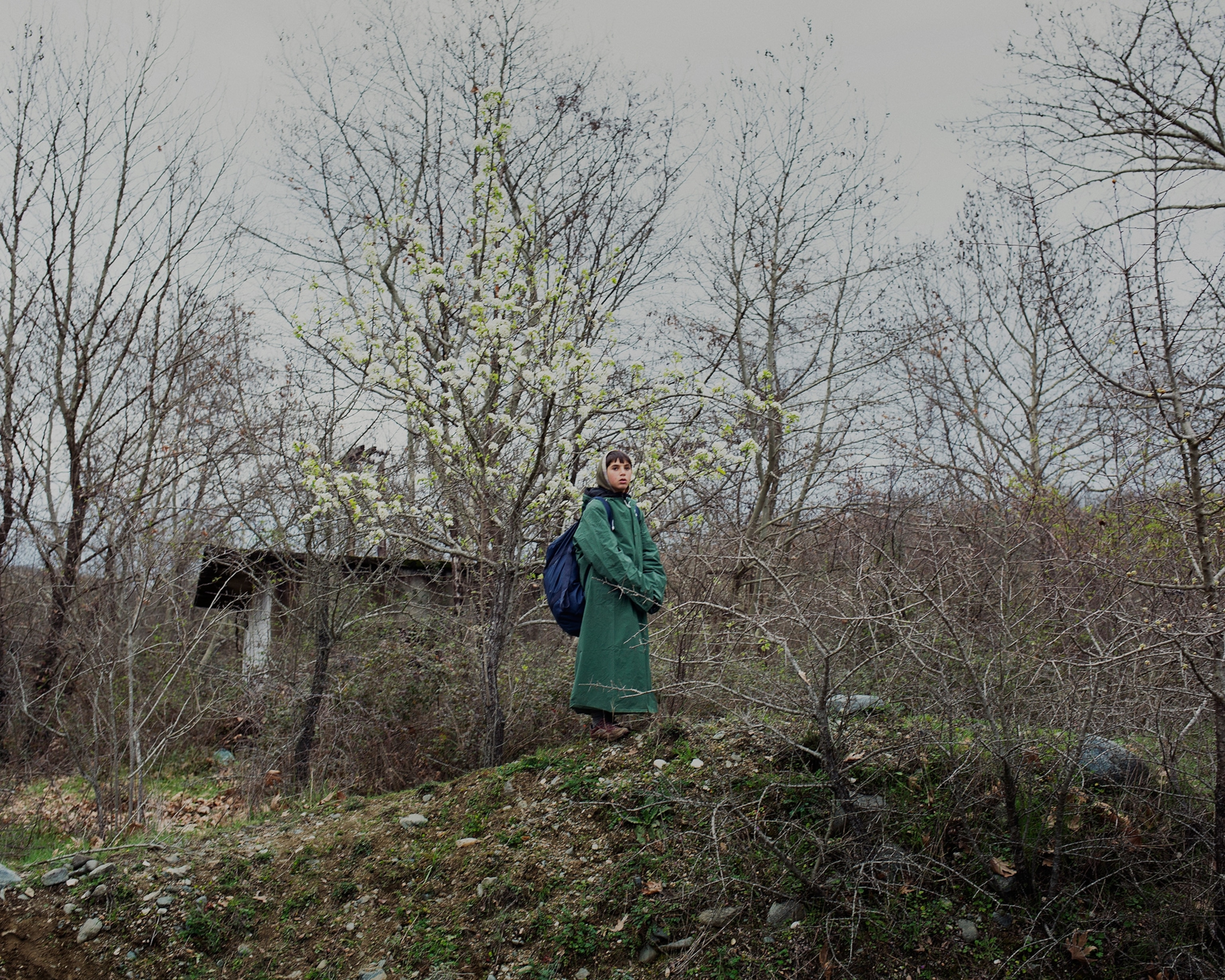
Trapped at the Border
More than 12,000 refugees and migrants are stuck in an improvised camp in Idomeni, Greece, as borders tighten in Europe.
The town’s given name is Idomeni--but for the increasingly desperate people stranded there, it is limbo.
Nestled along Greece’s northern border with Macedonia, the small town has become a typical stop for refugees fleeing crises in their home countries and attempting to reach countries like Austria and Germany on migrants’ so-called “Balkan Route.”
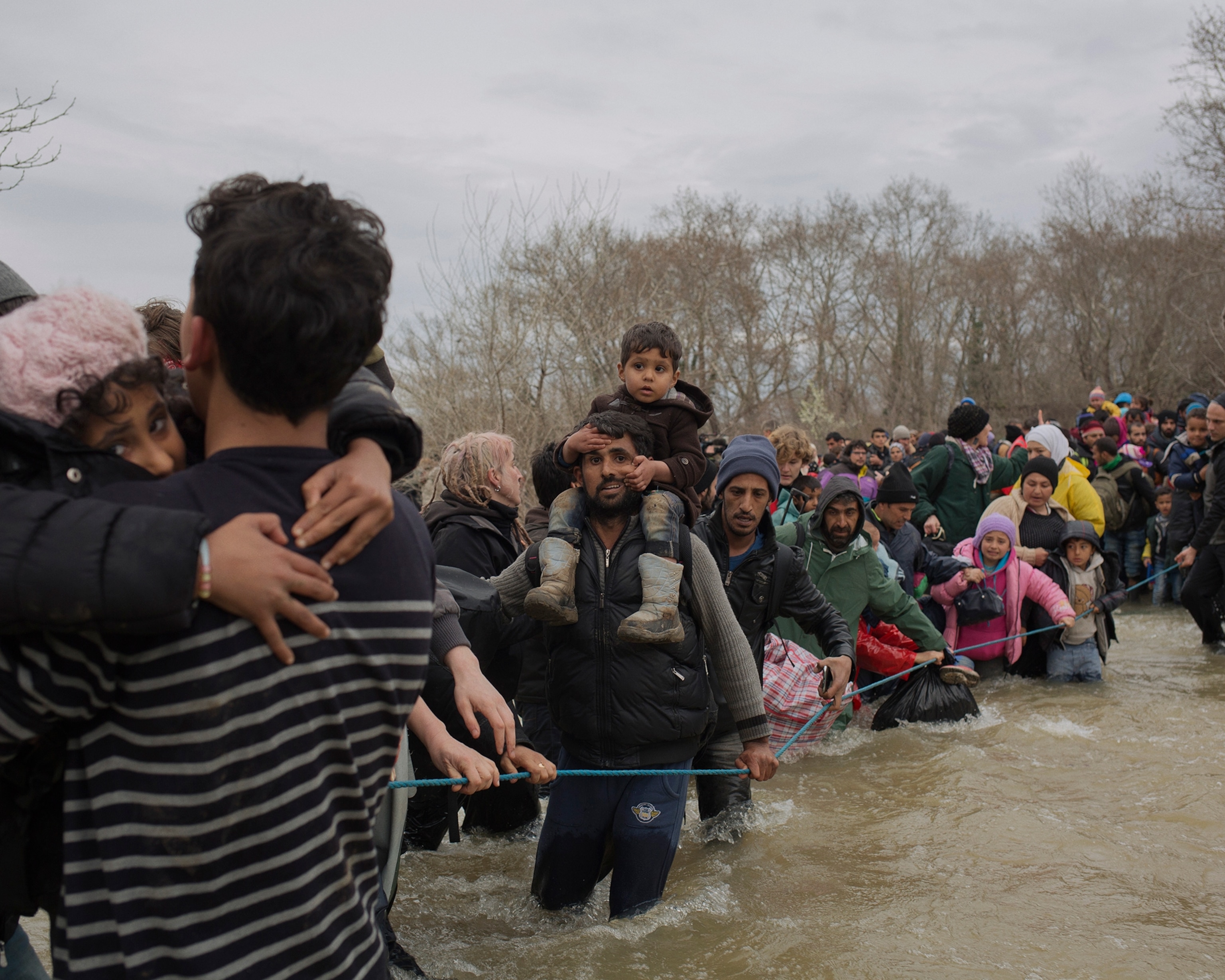
But what was once a relatively swift transit point is now a bottleneck, says photographer Davide Monteleone. He first visited Idomeni in February, and returned there earlier this month.
In February, “refugees waited maybe one to two days before crossing the border to Macedonia,” Monteleone says. During this more recent visit, “it was so much more crowded; it’s muddy and conditions are horrible.”
His photographs of Idomeni are part a larger project he has named “Landscape of Contemporary Migration.” He created it to serve as a “visual ‘atlas’ of the violent alteration of landscape and human life in the Mediterranean.” (See the paths refugees take around the world.)
Refugee Qusay Loubani, 29, fled Syria with his wife and has been in Idomeni nearly three weeks. Reached at the camp Tuesday afternoon, he described how “there are men trying to burn themselves in front of the border. They did that this morning.” Making himself heard over a din of voices and crying babies, Loubani added that fights had broken out there earlier in the day. By some estimates, as many as 14,000 refugees are stuck, like Loubani, at the Idomeni camp.

The refugee flow through the Balkans has been brought to a near standstill with tightening borders as well as a controversial accord reached earlier this month between the European Union and the Turkish government. Under the accord, most migrants who attempt to enter Europe via the Aegean Sea will be sent back to Turkey if they don’t apply for asylum or if their claims are rejected.
Last year, more than one million people fled violence and poverty in their home countries and headed for Europe, according to the Geneva-based International Organization for Migration (IOM). That’s more than four times as many migrants as the organization reported the previous year.
In just the first few months of this year, more than 161,900 have made the treacherous journey across the Mediterranean, according to the United Nations High Commissioner for Refugees, or UNHCR.
UNHCR spokesman Babar Baloch, reached in Athens after departing the Idomeni camp earlier this week, says the UNHCR “opposes the mandatory detention of asylum seekers and refugees, as well as their forced return.” He described conditions for refugees in the camp as “dire.”

At least 12,000 people are at the camp, and the majority are families with children, Baloch says. “People are enduring cold, rain, day and unhygienic conditions. They are sleeping on train tracks and in open fields, there is no shelter.”

Photographs of the camp, Baloch says, “will reveal that this informal border site has become an exhibit of refugee misery in Europe.”
